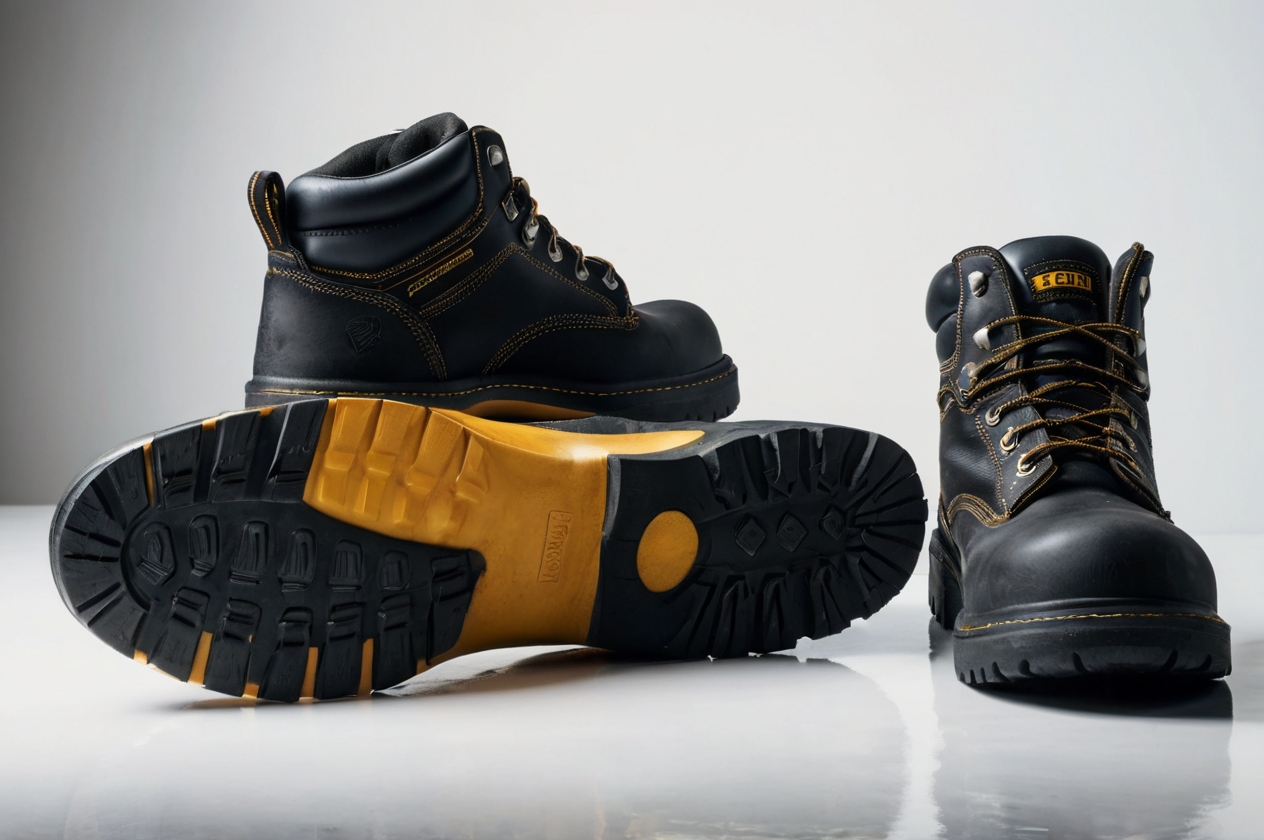The Importance of Safety Gear in the Automotive Industry: A Comprehensive Guide

This guide aims to highlight the critical importance of safety gear in the automotive industry and how it contributes to a safer, more productive working environment.
Introduction
Safety in the automotive industry is paramount. Whether it’s on the production floor, in a repair shop, or during the operation of vehicles, the need for reliable safety gear cannot be overstated. With the industry’s emphasis on efficiency and productivity, the role of safety equipment is often overlooked until an incident occurs.
“Safety is not just an accessory; it’s the foundation of a successful operation in the automotive industry.”
HIVIEW INTERNATIONAL
Protecting the Workforce
The automotive industry is filled with potential hazards, from heavy machinery and high-speed tools to exposure to chemicals and the risk of electrical shocks. Personal Protective Equipment (PPE) such as gloves, safety goggles, helmets, and protective clothing serves as the first line of defense against these dangers. Ensuring that workers are equipped with the right safety gear not only protects them from immediate harm but also reduces the likelihood of long-term health issues. Investing in high-quality safety gear is a small price to pay compared to the cost of injuries, lost productivity, and potential legal liabilities.
Enhancing Operational Efficiency
While safety gear is primarily about protecting workers, it also plays a significant role in maintaining operational efficiency. A safe working environment reduces the number of workplace accidents, which in turn minimizes downtime and keeps the production line running smoothly. Moreover, when employees feel safe, they are more focused and less likely to make errors, leading to better overall productivity. In a fast-paced industry like automotive manufacturing, where every minute counts, the value of safety gear in sustaining operational efficiency cannot be ignored.
Compliance with Regulations
The automotive industry is subject to stringent safety regulations imposed by both national and international bodies. Non-compliance can lead to severe penalties, legal challenges, and reputational damage. Adhering to these regulations involves more than just ticking boxes; it requires a proactive approach to safety. This includes regularly updating safety protocols, conducting thorough risk assessments, and ensuring that all workers are equipped with up-to-date safety gear. By staying compliant, companies not only avoid legal repercussions but also demonstrate their commitment to employee welfare and industry best practices.


Building a Culture of Safety
Safety gear is not just about the physical items workers wear; it’s about fostering a culture of safety within the organization. This involves training employees on the proper use of safety gear, regularly reviewing safety procedures, and encouraging a mindset where safety is seen as everyone’s responsibility. When safety becomes a core value, it permeates every aspect of the business, from decision-making to daily operations. In such an environment, the use of safety gear is second nature, and workers are more likely to adhere to safety protocols without constant supervision.
Conclusion
In the automotive industry, safety gear is an essential component of a well-functioning workplace. It protects workers, enhances efficiency, ensures compliance with regulations, and helps build a culture of safety. As the industry continues to evolve with new technologies and processes, the importance of investing in and maintaining high-quality safety gear will only grow. At Hiview International, we are committed to providing the best safety solutions to ensure that our clients can operate safely and efficiently, no matter the challenges they face.
